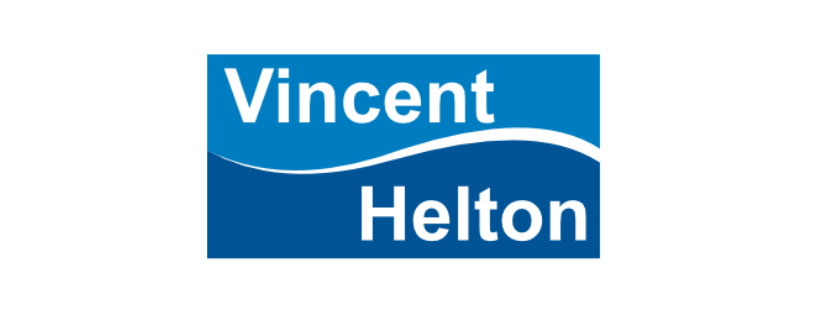Conservation Through Design: How Water Features Can Be Optimized For A Sustainable Future
Architectural water features are structures that must tread a fine line between visual appeal and overall efficiency. While increasing a property’s aesthetic value is certainly essential, designers also need to consider the amount of resources the structure uses over time. As contemporary cities gradually evolve towards eco-friendly designs, such as those laid out by Vancouver’s Zero Emission Building Plan, developers and contractors must evolve to meet a growing demand for sustainable architecture.
Vincent Helton & Associates’ team is constantly searching for new designs and technologies that allow our projects to optimize the resources that they use. Our commitment to sustainable design can be defined through the three principles of Reduce, Recycle, and Respect.
Reduced Water Consumption
Despite the relative abundance of water as a resource, designers must always consider the ongoing costs associated with maintaining a feature’s water supply. Without proper planning, the price of a structure’s cyclical water consumption can be considerable. When compounded with the strain on the electrical systems required to maintain water levels, these costs will quickly add up over time.
These costs are exponentially minimized by reducing the size and depth of the feature’s pools and streams. Reducing capacity and the areas directly exposed to the elements ensures that the feature requires less water to run and loses minimal amounts to evaporation. Splashes and sprays, which can be exacerbated in windy conditions, are also curtailed through intelligent design choices.
It is vital that reducing water consumption does not diminish from the display of the feature itself. We use textures, colours, and gradients in ways that manipulate the senses and create an appearance of depth and volume.
Smart Energy
The mechanical designs and systems required to power water features can be optimized to reduce overall energy consumption. Equipment such as pumps, variable frequency drives (VFDs), and water treatment installations should be regularly maintained, and, if budgetary constraints permit, upgraded to boost efficiency. By making the initial investment to purchase a newer, more reliable pump, developers can save themselves from unnecessarily high electrical fees.
The lighting equipment embedded within a water feature is generally chosen to require low energy inputs for operation. As with any of the other parts of the system, maintenance and potential upgrades or replacements are precautions that contribute towards reducing expenses and potential future downtime.
Smart technology precedes smart technology, a fact exemplified by controls that can be adjusted to align with the feature’s peak times. If your public water feature does not need to be fully operational during night time, these systems can shut down or reduce the display, depending on your requirements.
Vincent Helton’s designs are intended to leverage technology and architectural maneuvers to reduce resource consumption. We select equipment that reduces the need for costly maintenance and repairs while maintaining the aesthetic integrity of the project itself. As our communities continue to target towards a more sustainable future, we aim to support them by creating architectural water features that suit their environmental and budgetary needs.




